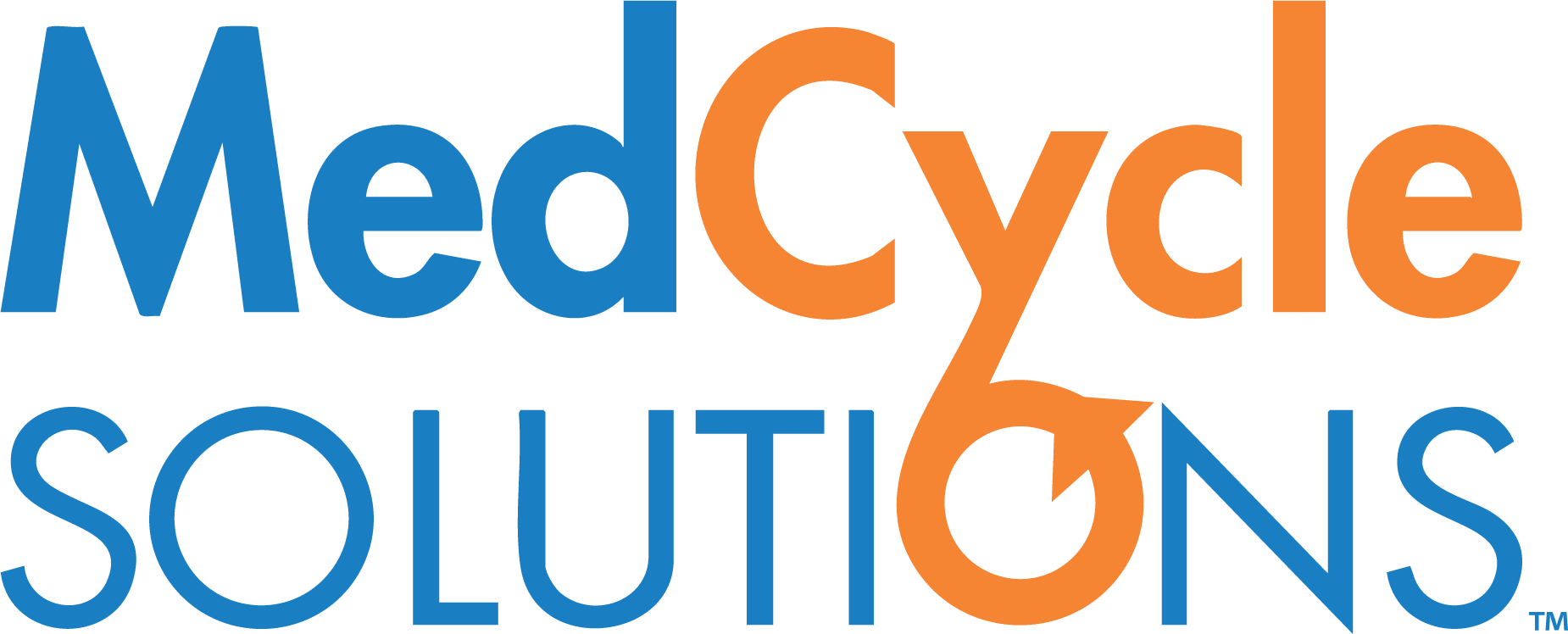Expert Tips & Trends in Healthcare Revenue Cycle Management
New Blog

Why Compliance Should Be Part of Every Staff Meeting (Culture Focus)
Compliance should never be a once-a-year box to check. It needs to be woven into the daily culture of every practice. One of the most effective ways to do this is by including compliance topics in every staff meeting. Reinforcing Responsibility When compliance is part...
More Insights

How Smart Scheduling Impacts Your Bottom Line (Patient Flow Focus)
In healthcare, time is money. Every unused appointment slot represents lost revenue, while overbooking creates chaos. Smart scheduling strategies maximize provider time, improve patient flow, and protect the bottom line. Reducing No-Shows Missed appointments drain...

Why Real-Time Eligibility Verification Matters
Eligibility errors are one of the most preventable causes of claim denials, yet many practices still rely on manual processes. Real-time eligibility verification provides immediate confirmation of patient coverage, reducing denials and improving patient experience....

The Credentialing Process from Start to Finish (Pain Points & Solutions)
Credentialing is one of the most time-consuming yet critical steps in practice management. Without it, providers cannot bill insurers or treat patients under payer contracts. The credentialing process often takes 90–120 days, and missteps can extend that timeline...

Why Staying Current on Medical Coding Updates Is Essential for Every Healthcare Practice
In the fast-moving world of healthcare, medical coding isn’t static — it evolves every year with new, revised, and deleted codes that reflect medical innovation, changing payer rules, and updated clinical guidelines. For providers, billers, and coders, staying current...

The Compliance-First Approach to Reducing Aging A/R in Medical Practices
Few challenges frustrate healthcare practices more than aging accounts receivable (A/R). As balances age, the likelihood of collection drops sharply. However, rushing to recover payments without a compliance-first mindset creates bigger risks—patient dissatisfaction,...

Why Outsourcing Medical Coding Makes Sense for Today’s Healthcare Practices
Accurate medical coding is the foundation of every successful revenue cycle. But for many practices — especially small and mid-sized ones — managing in-house coders can be expensive, time-consuming, and difficult to scale. That’s why more providers are turning to...

Why Compliance Should Be Part of Every Staff Meeting
In healthcare, compliance isn’t just a policy—it’s a way of doing business. While most practices understand the importance of compliance, many still treat it as an occasional training or once-a-year reminder. This approach leaves room for costly errors, overlooked...

How Smart Scheduling Impacts Your Bottom Line
A full schedule doesn’t always mean maximum revenue. Inefficient scheduling can lead to no-shows, overbookings, and bottlenecks that frustrate staff and patients alike. Reducing No-Shows Automated reminders, online scheduling, and waitlist management help keep your...

Strengthening Compliance Through Medical Auditing
In today’s healthcare environment, compliance and accuracy are non-negotiable. From complex coding requirements to evolving payer rules, medical practices face constant pressure to ensure every claim is supported, compliant, and correctly reimbursed. Even small...

How to Reduce Aging A/R Without Sacrificing Compliance
For healthcare organizations, aging accounts receivable (A/R) is more than just a cash flow problem, it’s a sign of inefficiencies that can strain resources and put financial stability at risk. The longer claims sit unpaid, the harder they are to collect, leaving...

